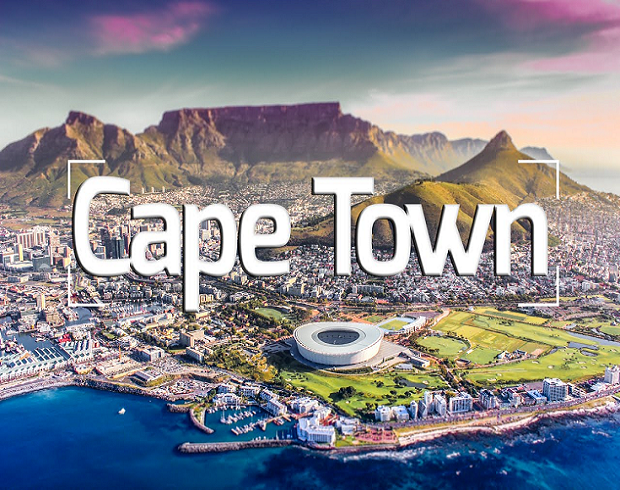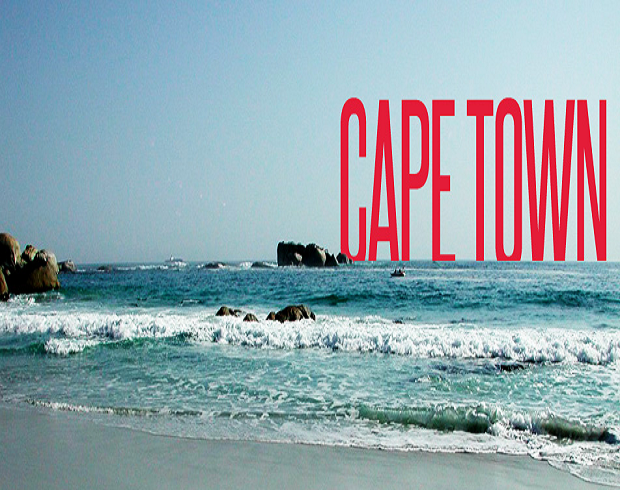South Africa is a country of multiple paradoxes, brought about in large part by its diverse racial and socio-economic history. Unlike its cousin Johannesburg to the north west, Cape Town has a centuries old history as it was established as a convenient pit stop for the seafaring Dutch traders who were en route to the Far East to trade in spices. On my second visit there this past Easter, I took the time to revel in the predictable and well-trodden touristy excursions. But this time I chose to experience them through the lens of a visitor from an East African country, more specifically a Kenyan lens.
You see, in this beloved sun kissed country of ours, historical partiality has ensured that access to the sea front along the coast line is reserved for the favored few land and hotel owners. One can only see the beautiful beaches in the North and South Coast by entering one of the hotels, visiting a beach front private property or gaining access to the slivers of public beaches that would appear to have been begrudgingly provided to stifle the potential noise of the pedestrian proletariat. As we weaved our way south, out of the city towards Cape Point, we drove along a road that neatly divided the beach to the right which broke the crashing Atlantic sea waves and beautiful, expensive residences and shopping districts to the left. The beach and the sea have been democratized to enable everyone to enjoy what is a public utility. There were public parks along the way, the most notable one being Moui Point, with playgrounds, benches and public sculptures while ordinary citizens cycled or jogged along the made for purpose paths.
Our driver Ali had lived in Cape Town for the last twelve years. He is originally from Bukavu in eastern Congo. It only took a few minutes of him listening to our Kenglish before he cottoned on that he could speak to us in fluent Swahili, creating an instant bond. His guided tour was thereafter centred on showing us the million dollar homes of the people who have transformed Cape Town into a playground of the globally sourced rich and sometimes famous. The moneyed suburbs of Clifton and Camps Bay were nestled on the foothills of the stunning 12 Apostles mountain range. At the base of Camps Bay peninsula was a public beach where we found mainly colored families barbecuing up a storm in the name of Sunday lunch, each in their own little space but taking scenic advantage of the Atlantic vista in front of them and the public facilities that the Western Cape provincial government had provided for them.
We snaked further south, driving along the stunning ocean drive which cuts a meandering path along the jutting rocky mountain range that makes up much of the Western Cape coastal line. As we crested yet another cliff, a breathtaking settlement appeared down in a valley, bordered by a rock filled beach that provided a natural breakwater to the giant waves that crashed around them.
“That’s Llandudno town down there,” Ali said in hushed tones. The houses were enormous architectural masterpieces and skillfully built into the rocky foundations that made up much of the area. “Only celebrities and rich people live there. There are no schools and no shops there. Nothing that can attract the ordinary person,” snorted Ali. I had to scribble down the odd name of the town as we zipped past a signpost with the Welsh name. According to Wikipedia the last census in 2011 revealed that the population is largely 86.9% white, 10.3% black and then the rest. Memo to self: devolution comes in all shapes and sizes.
The Western Cape is home to the South African wine industry and its tourist sites such as Table Mountain, Robben Island where Nelson Mandela spent most of his imprisoned years as well as the Cape of Good Hope ensures that there is a steady stream of tourists all year round. But it is the large African diaspora that lives and works in this very cosmopolitan city that draws on its nectar like attraction to economic promise. As I wrote earlier in the year about Mtwapa’s multi-tribal substrata that ensures non-violent episodes during each Kenyan election cycle, Cape Town similarly remains removed from the occasional xenophobic incursions that flare up in South Africa. “Why is that?” I asked Ali. “The people here are very mixed,” was his quick response. “There’s lots of coloreds here, more than the blacks so no fighting.” As Cape Town to the south and Mtwapa, on Kenya’s coastline demonstrate, the more you mix up a population from a racial and tribal perspective the more tolerance you find. That’s some food for thought.
Twitter: @carolmusyoka

 carolmusyoka consultancy
carolmusyoka consultancy
 @carolmusyoka
@carolmusyoka




